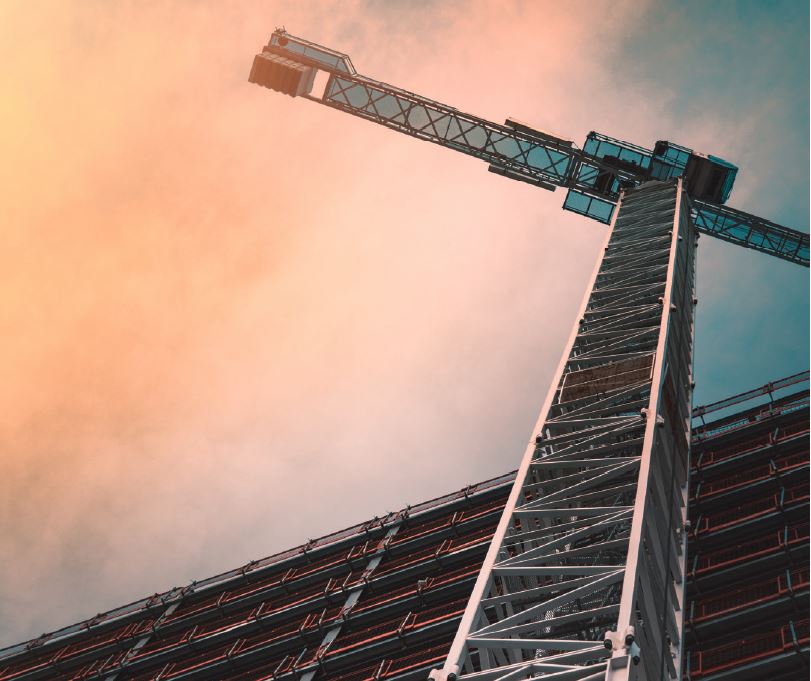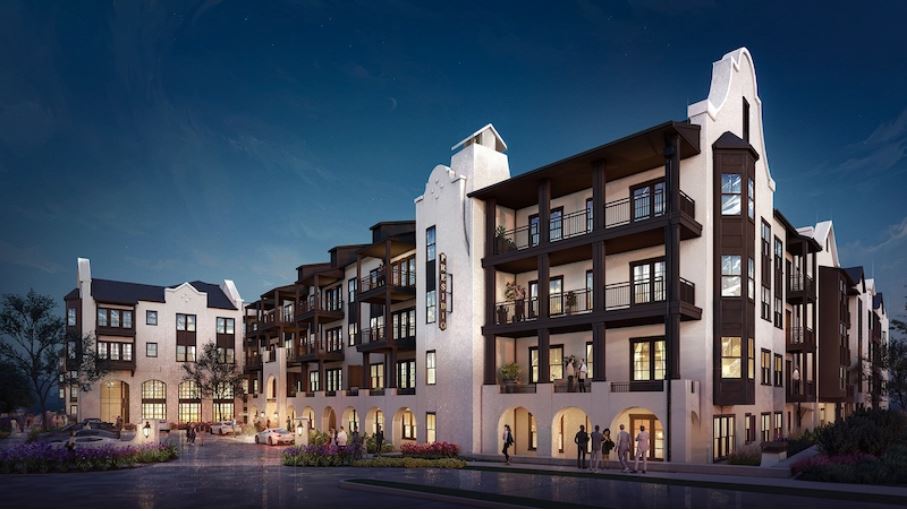Decarbonization is commonly defined as the state in which the amount of greenhouse gases going into the atmosphere is balanced by the amount taken out. The term is significant, particularly for carbon-dioxide emissions, because it describes the state at which global warming stops.
While many equate climate change with rising temperatures, the story is much more complex. Because our world is an interconnected series of systems, changes in one area have reverberating effects elsewhere. The consequences of climate change can now be seen around the globe in the form of intense droughts, rampant wildfires, flooding, rising sea levels, severe storms, melting polar ice caps and a negative impact on biological ecosystems.
The very nature of this crisis demands action by us all, but particularly those in the building industry which, by some measures, accounts for almost 40% of global energy-related carbon emissions. For building owners, operators, contractors and real estate professionals, this is the time to live the phrase “think globally, act locally.”
Commercial real estate: Part of the problem/part of the solution
As previously noted, the construction and operation of buildings is a significant contributor to global greenhouse gas emissions. The good news is there are many technical solutions available to help decarbonize this sector. The bad news is significant barriers persist that make investing in and financing these efforts difficult.
The World Economic Forum is addressing this challenge by helping the financial services industry redefine how the value of such investments are perceived and defined. The Net Zero Carbon Cities program was launched to consider the social, environmental and system performance outcomes of improved buildings, in addition to traditional financial measures.
Reaching consensus: Standards and goals
Commercial real estate developers are working with local governments to set these sustainability and net zero targets. However, the continued lack of consensus on exactly what “net zero” means makes this type of planning a challenge.
Progress is being made by the International Organization for Standardization in defining the world’s first consensus-based net zero guiding principles and the benchmark for the climate agenda. The organization recently announced the launch of the International Workshop Agreement (IWA) to help accelerate the development of net-zero guiding principles. The initiative hopes to solve a tricky conundrum: How do you translate the science-based concept of net zero into specific, actionable rules and guidelines?
Until a consensus is adopted, companies and developers can follow guidelines suggested by the Science Based Targets initiative (SBTi). The SBTi is described by the organization as “the gold standard for net-zero target setting, which is vital in enabling companies to identify and reduce their emissions and limit temperature rise to 1.5°C.” That is the limit most scientists agree must be achieved by 2050 to avoid the worst effects of climate change.
SBTi released its 2021 Progress Report that indicates the initiative doubled the number of new companies setting and committing to net zero targets. The report also showed a tripling of the rate at which these targets were validated. The organization reports more than 2,200 companies representing ore than one-third of the global economy’s market capitalization were working with SBTi in establishing net zero emissions goals.
The Intergovernmental Panel on Climate Change (IPCC) also recently issued a special report, Climate Change 2022: Mitigation of Climate Change. The news there is a bit more dire. According to the report, “unless there are immediate and deep greenhouse gas emission reductions across all sectors, 1.5°C is beyond reach.” The report outlines how emissions can be reduced by half in key sectors and outlines how humanity can improve its chances for success.
It is clear that the need for universal guidelines is pressing. According to analysis by the Energy & Climate Intelligence Unit (ECIU), while some producers of greenhouse gases have committed to clearly defined and binding net zero plans, others may be gaming the system. Without clear, agreed-upon standards and processes, some entities may be vacuous promises. For example, not making changes in the near term but setting future goals based on the assumption that new carbon capture technologies will become available down the road.
This initiative offers compliance options for LEED Platinum and net zero building certifications.
Acting locally: Industry professionals drive change
Waiting for sustainability requirements to be defined is not an option. There are meaningful actions businesses can take to create net zero plans in the interim:
Tackle energy reduction (i.e., operational carbon) first, before investing in offsets.
Address embodied carbon when constructing new real estate
Review opportunities to electrify (i.e., decarbonize) equipment when performing end-of-life system replacements.
Capitalize on existing local utility incentives and federal tax programs to help fund initiatives.
As organizations move forward with net-zero and decarbonization plans, and adjust them as future regulation comes about, I recommend initially tying targets to the Paris Agreement as this will likely be the sticking point for all climate change initiates and directives to come.
With major cities like San Francisco setting the pace, the rest of the nation seems to be joining the effort for a cleaner, more efficient built environment. For these net zero efforts to be successful, it will require the cooperation of building owners, operators and occupants to work together to meet these challenges while the engineering design and construction industries continue to push for a greener future.
Saagar Patel, PE, LEED AP BD+C, WELL AP, CCP, is the Operations Director for ESD, a global engineering firm specializing in mechanical, electrical, plumbing, fire protection, life safety, structural and technology engineering. He leads ESD’s Sustainability and Healthy Buildings group.








